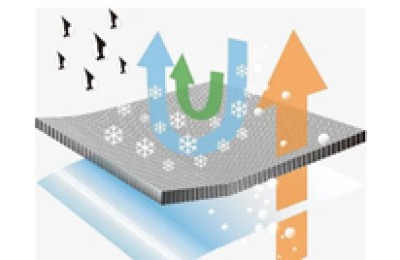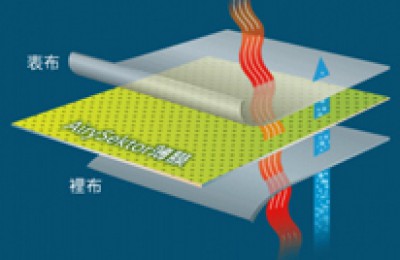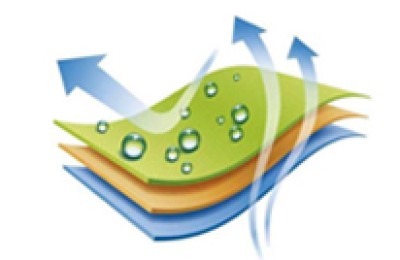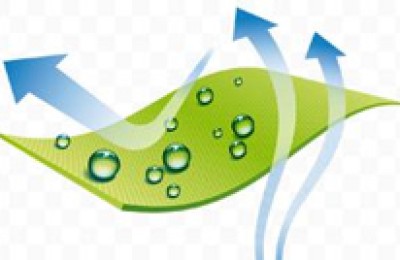Under the combined effect of various factors, many processing trade orders are being transferred to Southeast Asian countries such as Vietnam. However, experts believe that this trend is an inevitable phenomenon under the background of my country’s trade structure adjustment and is not a bad thing for our country.
According to recent reports from Vietnamese media, the long-term trade deficit between Vietnam and China has attracted the attention of the Vietnamese industry, and Vietnam is taking measures to change this situation. In addition, the EU’s latest Generalized Tariff Preference Policy (GSP) stipulates that from January 1, 2014, various categories of Vietnamese goods, including shoes and hats, will enjoy general tariff preferences. At the same time, China, India and other countries have had their preferential treatment canceled.
In this regard, industry insiders interviewed by reporters believe that as the cost of raw materials and labor in China rises, it is not uncommon for more and more manufacturing industries to begin to move to Southeast Asian countries such as Vietnam and Laos. The introduction of this new regulation may prompt more Chinese processing trade companies to relocate. But this is an inevitable trend in the adjustment of my country’s trade structure. It is not necessarily a bad thing for our country, and it will not change the current situation of Vietnam-China trade deficit in the short term.
Transfer of processing trade is normal
According to Vietnam’s Ministry of Industry and Trade, GSP will bring more opportunities to Vietnamese companies from 2014 to 2016. According to GSP, in 2014, Vietnam’s footwear export tariffs to the EU will be reduced from 8% to 17% to 4.5%. This means that Vietnam’s advantages in exporting textiles, aquatic products, plastics, footwear and other products to the EU will be further expanded. “With the rising cost of labor and raw materials in our country, coupled with the need for domestic trade transformation and upgrading, it is normal for the proportion of processing trade to decline and flow to low-cost countries. This preferential tariff policy is tilted towards countries such as Vietnam, which does not rule out some Companies facing the EU market have moved to Vietnam out of considerations of maximizing profits,” Jin Baisong, deputy director of the China Trade Research Department of the Ministry of Commerce Research Institute, told reporters.
But Jin Baisong also said that this is not a bad thing for our country. Processing trade is a low-end industry. The withdrawal of such enterprises will help optimize the domestic economic and industrial structure and encourage domestic enterprises to extend to the middle and high end of the industrial chain, thereby obtaining higher added value.
Cai Jiaxiang, vice president of the China Association of Foreign Trade and Economic Cooperation Enterprises, also told reporters that processing trade was born in response to the shortage of goods in the domestic market. Now the domestic manufacturing industry is growing and has been able to meet domestic demand, and from a cost perspective , it is not cost-effective for foreign-funded enterprises to engage in processing trade in our country, and transfer is an inevitable trend.
The person in charge of a processing trade company in Zhejiang told reporters that export profits in his industry have declined faster and faster in recent years, with gross profits falling from 10% 20 years ago to less than 3% now.
China-Vietnam trade deficit will not change
According to the latest data from the General Bureau of Statistics of Vietnam, the total trade volume between Vietnam and China in 2013 was approximately US$50 billion, a year-on-year increase of 21%. Among them, Vietnam’s exports to China were approximately US$13.1 billion, an increase of 2.1%. According to the EU’s new regulations, only Vietnamese products with more than 50% of raw materials imported from ASEAN exported to the EU can enjoy the preferential tariff policy. But currently, most of Vietnam’s textile and chemical industry raw materials are imported from China. Vietnamese industry insiders have repeatedly emphasized in recent years that measures should be taken to change the current trade deficit between Vietnam and China.
Industry insiders said that from a structural point of view, Vietnam mainly exports raw materials with low economic value to my country and imports finished products with high economic value from my country. This phenomenon shows that Vietnam’s processing and manufacturing industry is relatively backward and difficult to change in the short term.
Jin Baisong also agrees with this. He said that the transfer of my country’s processing trade to Vietnam will improve its manufacturing level to a certain extent, but given that Vietnam’s current economic level is still low and development still needs a process, reversing the trade deficit with China is unlikely to be achieved in the short term. “Vietnam’s biggest problem now is the lack of manufacturing talents, and there is a strong domestic demand for wage increases. Strikes continue and the labor environment needs to be improved.” Jin Baisong said.
Jin Baisong believes that if Vietnam wants to improve its manufacturing level, the top priority is to set up relevant courses in universities, cultivate professional talents, and allow these talents to play a key role in enterprises.





